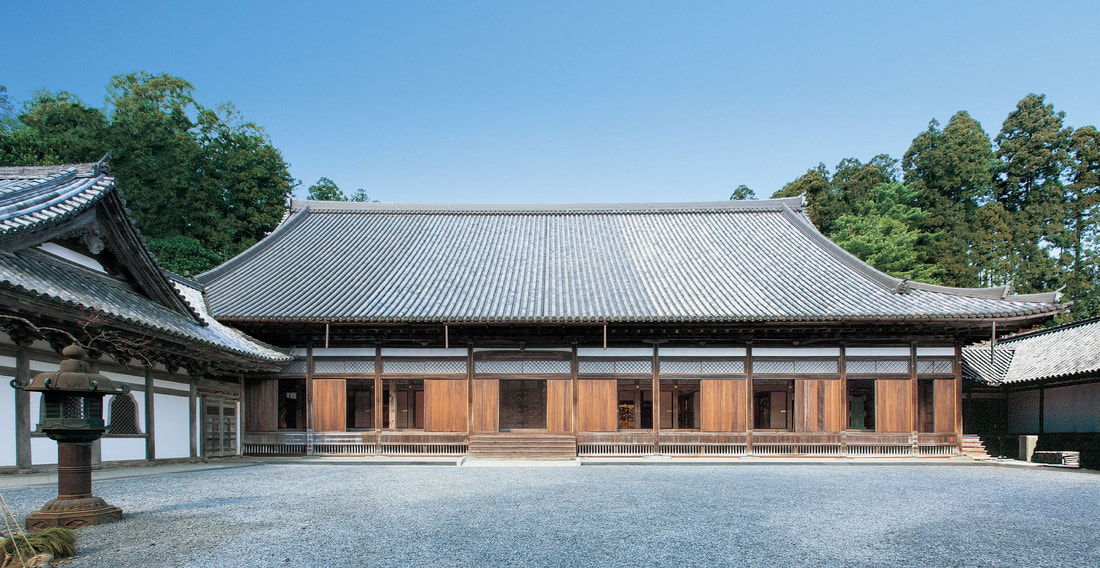 Welcome Sake Lovers ! Introducing my new blog series SakeWorld . Every week you will have the privilege to enjoy sake stories behind the world of sake here I will focus on one prefecture each week and different types of sake in my sake collection. The Tohoku Region (東北地方, Tōhoku Chihō, literally "North East Region") consists of six prefectures in the north of Japan's largest island, Honshu. It is well known for its countryside, mountains, lakes, hot springs, high-quality rice and rough winters. PLACES YOU MUST SEE WHEN YOU VISIT ZUI-GAN JI TEMPLE The dazzling main hall constructed by the first feudal lord of the Sendai clan, Masamune Date, cannot be missed. Experience art from Japan’s Middle Ages at Zuigan-ji Temple, where many Important Cultural Properties including National Treasures are maintained. (Photo Credits : http://www.zuiganji.or.jp/en/ ) FUKUURA BRIDGE Fukuura Bridge is a 252m-long vermillion bridge linking the Prefectural Natural Park of Fukuura Island with the mainland. It is also known as “Deai Bridge” or “Encounter Bridge” since wonderful encounters have been known to happen there. In addition to the magnificent view during the day, the nighttime illumination and the superb winter view are also popular. (Photo Credits : www.japan-guide.com/e/e5106.html ) SHIRAISHI RIVER Come cherry blossom season ,Miyagi's Shiraishi River hosts an annual Ogawara Sakura Festival -- said to be one of the country's top cherry blossom viewing experiences. (Photo credits: www.pininterest.ch/pin/46302702406090770) FOOD YOU MUST TRY IN MIYAGI Gyutan (grilled beef tongue) Heavy aroma but with a lovely juicy texture that locals go crazy for. It typically has a strong smell and a unique texture that can become rather addicting. Gyutan is charcoal-grilled to exalt and bring out all its magical flavours. Zundan Mochi Mochi made with edamame (young soybeans) which is very famous in Sendai city. Edamame is rich of nutrients such as vitamin A and C. Oysters This is a delicacy available between October and March only. Oysters may be served raw with just some lemon as a condiment or even fried. Sendai Beef It is of the highest grade in the Japan Meat Grading Association, thanks to its softness and succulence. Sendai beef is a perfect ingredient to make the best nabe (hot pot) or sukiyaki of your life . Sake Doesn't stop Brewing because of Natural Disaster MiyagiOn 11 March a massive 9.0-magnitude earthquake occurred near the northeastern coast of the country, creating extremely destructive tsunami waves which hit Japan just minutes after the earthquake. Niizawa Sake Brewery The brewer of “Hakurakusei” Founded in 1873, with the professed aim of delivering “the ultimate meal-time sake”, the brewery continues to hold itself to a support role, in deference to cuisine. When the Great East Japan Earthquake struck in 2011, however, the brewery was destroyed, relying on his indomitable spirit and the dedication of both the brewery workers and an army of volunteers to carry out a miraculous relocation and rebuilding process in Kawasaki-cho, Shibata District, within the same year. The brand name “Hakurakusei” comes from words that relate to a local legend that illustrates the importance of being able to find extraordinary talent. “Hakuraku” was a master who recognized the fine qualities of horses long ago in ancient China.Honoring Hakuraku and fine horses is their way of expressing the hope that the fine quality of their sake will be recognized by its consumers. Urakasumi Sake Brewery Our motto: "A genuine sake brewed meticulously, delivered with professionalism" resumes well our method. The brewing process is made sincerely and with care to provide our customers the highest quality. They can then enjoy a sublime Japanese sake through its richness while experiencing its pleasant and comfortable feeling. To maintain our reputation of a trusted brewery supported by its customers and its community, we will continue to devote ourselves to brewing the best quality sake and strive toward excellence. 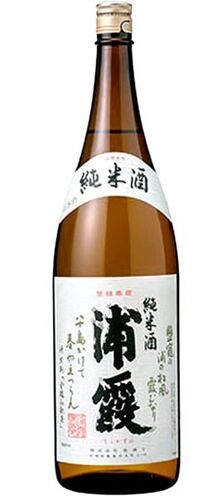 Urakasumi Junmai "Misty Bay" Straight Road A fruity and fresh nose containing a hint of toasted nuts. Well-balanced, clean and refreshing taste. Rice: Manumasume Rice Polishing : 65% Acidity :1.5 SMV: +2 Alcohol15.0-15.9% Recommended temperature: warm, room, cool Prefecture: Miyagi
1 Comment
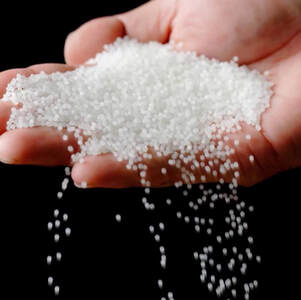 Raising this topic is clearly necessary as it has come to my attention the confusion about the word sake is still considered lacking in education for foreigners. To go into this it is not a simple black and white situation where it translated from the japanese meaning to english. If you have experience language translation when you translate character to mean a word its not enough for english understanding to be set on that context alone. Clearly foreigners who live Japan or visit Japan they rely on the direct context of translation to understand everything in general but like all language its not as simple as this. First what do foreign believes the term" sake' relates to and the understanding behind it. When you define the word sake it means all alcoholic beverage but in another context it means nihonshu which translates as japanese liquor. Here the confusion applies , and this why I say depends on the context. Foreign outside of japan will maybe be familiar with the word term sake but when they get to Japan and ask the bar for sake the bar tender will ask what kinda of alcohol. So unless you say nihonshu when asking to drink for something you have to be specific in Japan. But say in Australia nobody knows or is familiar with the term nihonshu but sake. Conversation context: Japanese use sake or osake term to as a feeling have you been drinking alcohol hence they proclaim the term sake in this context not nihonshu. Character context: When you see the character 酒 and phrases . Sake = alcohol Shu=alcohol=wine Nihonshu -日本酒 = Japanese liquor Confusing right ? there is no representation that nihonshu means rice liquor representation but yet Japanese understand through culture and tradition that this is means sake. English translation is just japanese liquor unless you know abit sake you will go with the direct translation as all japanese liquor which is what Japanese understand sake to be totally opposite, It can be said that the term sake came from the supposed understanding from the unique rice sakaimai. Which is special rice for brewing , at the time it wasn't proclaimed it was for alcohol, but because it was different to normal eating rice it definitely does not taste good so it was used for brewery instead. Hence the idea could of come from this concept. Other terminology are Seishu which means clear sake or clear alcohol but its not commonly used to understand this is nihonshu . Currently, the English word “sake” is considered a synonym for seishu, but the Liquor Tax Law does not use the term, defining matters only as relating to the word seishu. Liquor Tax Law defines seishu as an alcoholic beverage of less than 22% alcohol meeting the following conditions.
Over the years the word Sake has been highly influence internationally to be know as the an the alcoholic beverage made from rice. In Japan you will not use the term sake but nihonshu because we understand this is based Japanese culture and tradition. To refer to sake as just meaning alcohol it doesn't give justice of the wonderful things about ' rice fermented liquor' . |
Categories |
© COPYRIGHT 2021 ALL RIGHTS RESERVED.

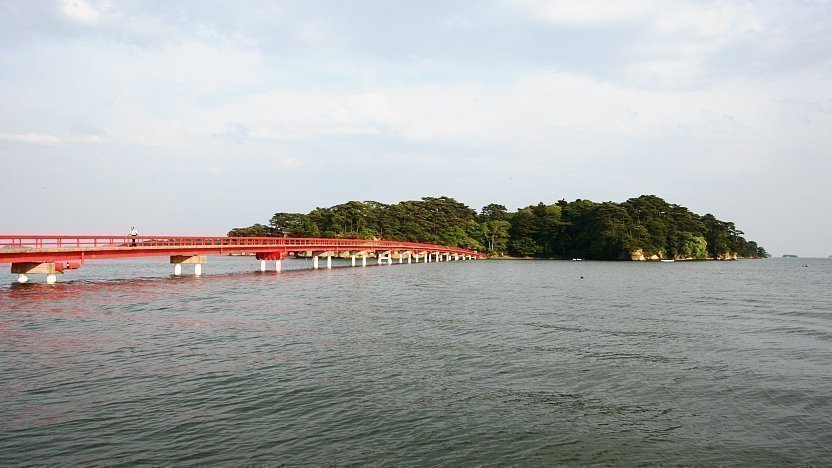
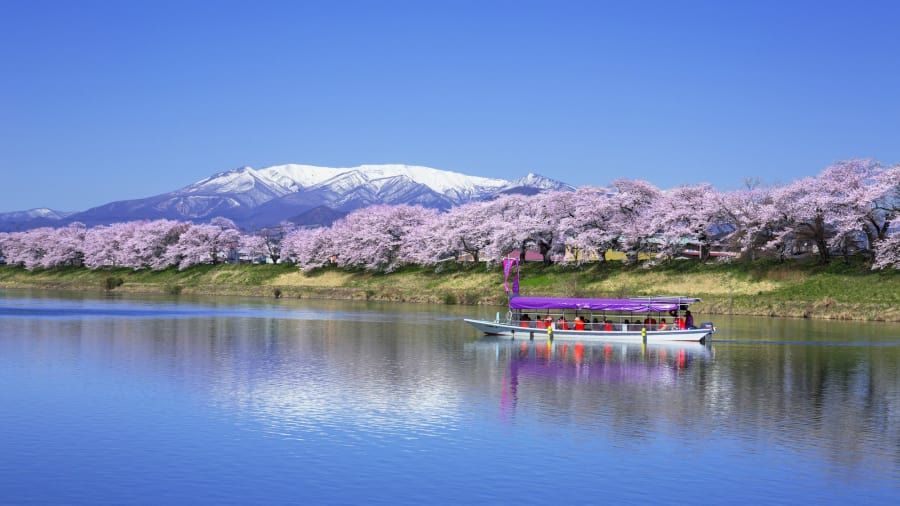
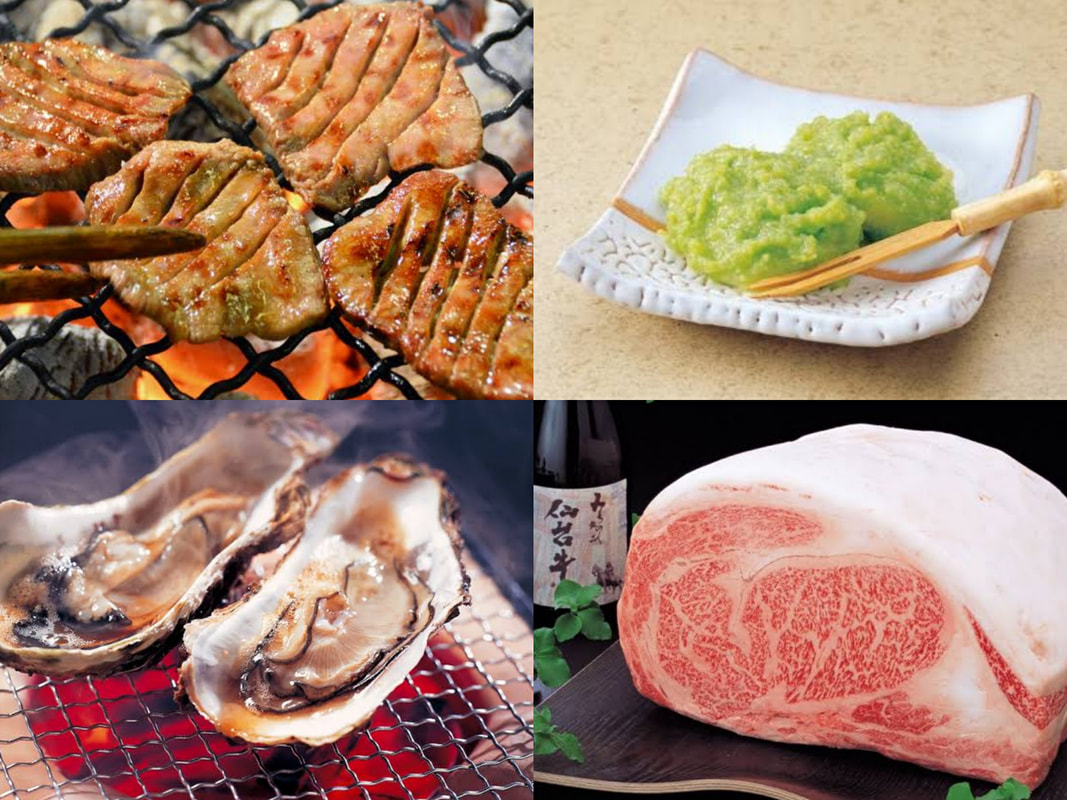
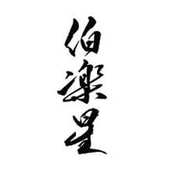
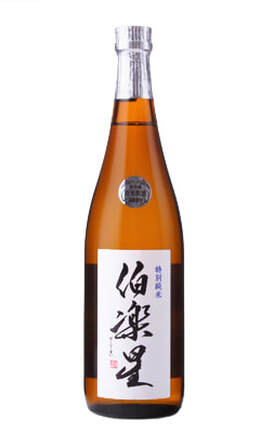
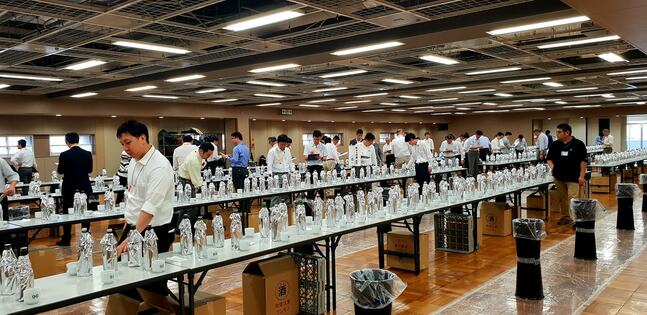
 RSS Feed
RSS Feed